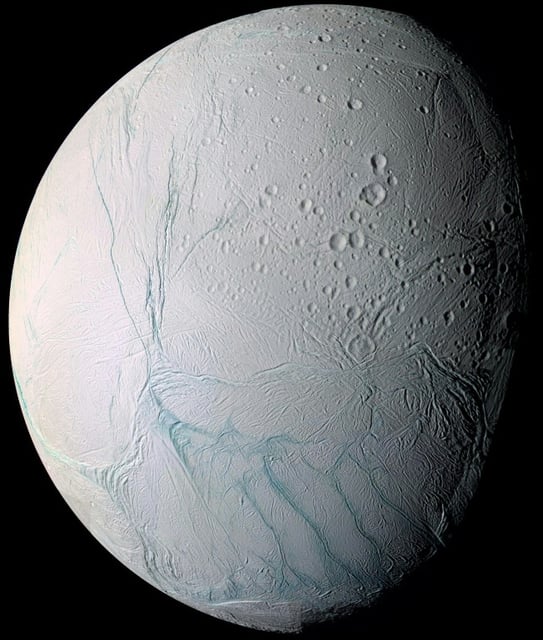Overview
- The peer-reviewed study in Nature Astronomy re-examines Cassini’s Cosmic Dust Analyzer measurements from a 2008 plume crossing using machine learning.
- Results indicate the complex organic molecules are present in Enceladus’ subsurface ocean, not formed by long exposure in Saturn’s E ring.
- Cassini repeatedly sampled material from Enceladus’ geysers and the E ring during its 2004–2017 mission, previously detecting salts, methane, carbon dioxide, phosphorus and amino-acid precursors.
- The European Space Agency says it has initiated studies for a lander concept to gather south-pole geyser samples and search for biosignatures.
- Researchers stress that organics alone are not evidence of life, and that a future null detection in direct samples would still be a significant scientific result.
